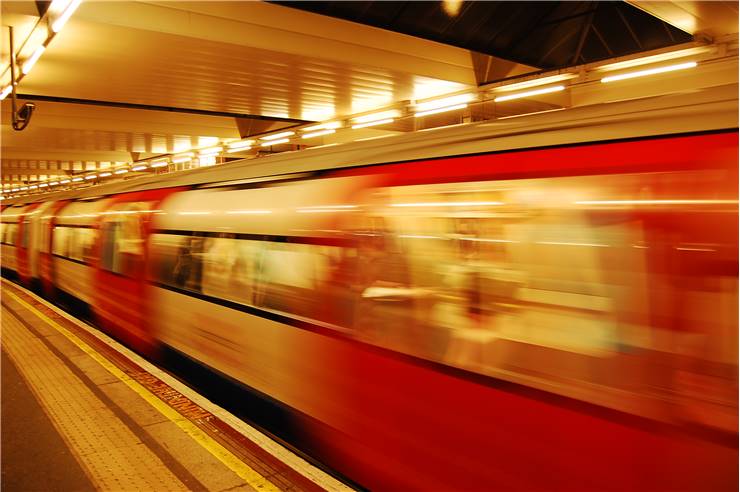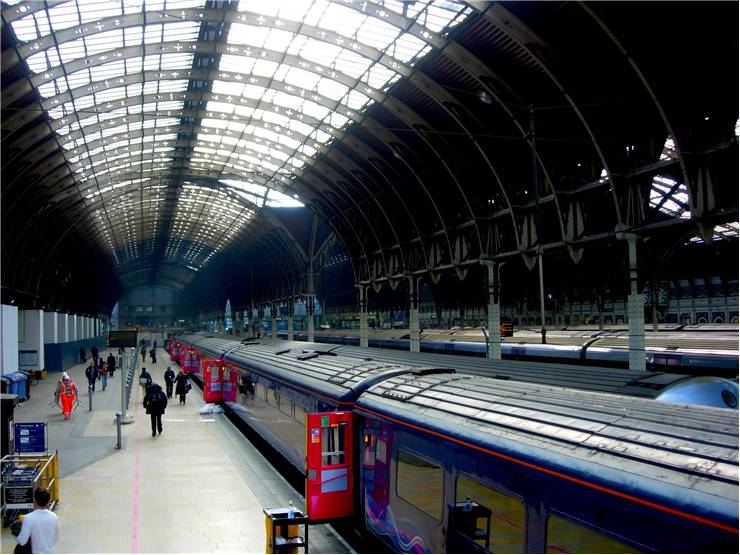History of Rapid Transit
Rapid Transit is a type of a passenger system that is used in urban areas, providing the fast and frequent travel for high capacity of passengers. Because of the need to be grade separated from the other type of traffics, rapid transit systems are usually located in underground tunnels, elevated viaducts, or separated ground level tracks that cannot interact with the rest of the street traffic. History of such rapid transit systems began in late 19th century when numerous technological advances enabled engineers to efficiently dig underground tunnels, transport materials on predetermined railway tracks and manufacture equipment in industrialized high volume environment.
The most important factor in the development of rapid transit systems was the introduction of steam locomotive in early 1800s. However, those first examples of surface trains were not best suited for urban environment, and especially not for underground operation. First tunnels that were dug in first few decades if 19th century were most often used for transport of industrial goods (coal, iron and other materials), and first tunnel intended for passenger use came online in 1863. This Metropolitan Railway’s set of shallow tunnels become first part of famous “London Underground” transit system, soon followed with Metropolitan District Railway, and other branches that soon extended from them. The most obvious disadvantage of these early underground systems was lack of ventilation. Even though they were built with numerous vents, smoke and steam from the small locomotives caused health concerns to the passengers and train operators, popularity of these underground lines made them profitable. Similar smoke problem was experienced in “West Side and Yonkers Patent Railway” that was built in New York City in 1870, which even had support for cable hauled railway which was never implemented fully.

All those problems went away in 1890 with the opening of “London's City & South London Railway”. By using electric traction, London underground transit become smoke free and the prime example how underground transport can be moderated and build. In the following 15 years, similar underground “subways” become appearing in big cities around the world – Liverpool (which received England’s first elevated railway in 1893), Glasgow, Paris, Berlin, Budapest and New York City.
Notable rapid transit systems
1896 - Budapest opened fist underground transit system in continental Europe. This legendary 3.7 kilometers long railway line is now part of Budapest Metro, preserved to retain its original condition.
1900 – Paris Metro begun its life under its full name “Chemin de Fer Métropolitain” (French translation of London’s “Metropolitan Railway”). This French name was quickly shortened to “Metro” and it’s used today all across the world.
1904 - New York City Subway
1907 – Philadelphia
1919 - Madrid Metro
1927 – Tokyo
1933 - Osaka
1935 – Moscow Metro
1954 - Toronto Subway
1969 - Beijing subway
1974 - São Paulo Metro
1970s - San Francisco Bay Area and Washington Metro
1979 - Hong Kong
1987 – Cairo, first African city to receive metro system.
1980-2010 – Over 30 South Korean cities established their own networks, with several of them being connected to each other (most notably capital Seoul and neighboring Incheon).


